For some, running seems an arduous endeavor. Especially in colder climates, it can be challenging to gather the fundamental enthusiasm required to engage in a time-engaging cardiovascular activity usually completed in an outdoor space. It’s far more comfortable to collect the nearest blanket, blast the furnace and dial up a movie or television program to comfortably observe. Many, however, are invigorated at the prospect of a challenge of a long distance run. There are few activities that prompt more satisfaction than that derived from crossing the threshold of a finish line at the conclusion of a strenuous run. It is crucial, however, that your body is appropriately prepared to combat the inevitable fatigue that will ensue. Below are 5 key exercises for runners you can engage in to ensure you are properly oriented to excel in a race, a marathon, or a casual run.
Glute Bridge
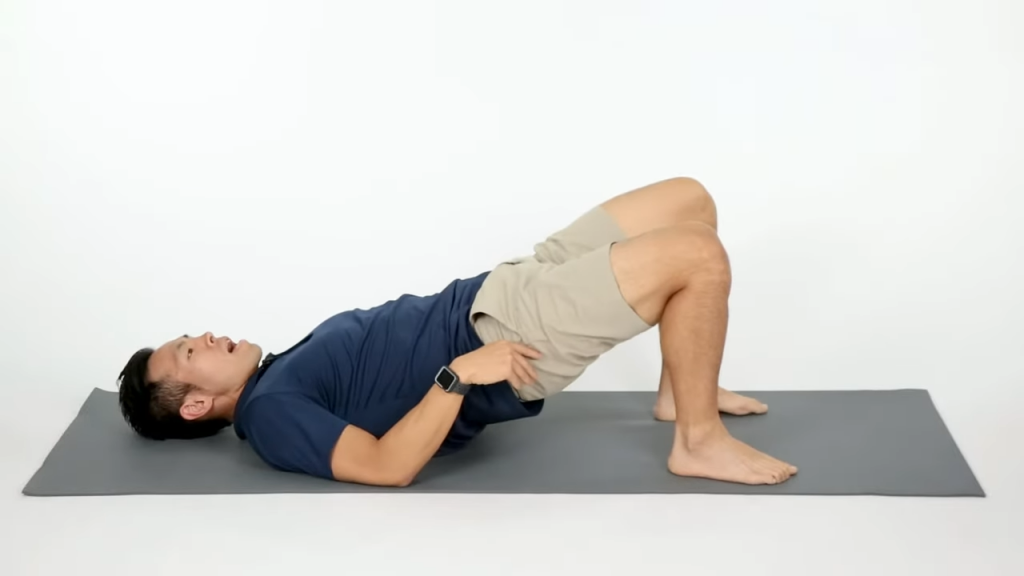
For runners, it is obviously imperative to develop strength and flexibility in your leg muscles. One exercise that particularly activates your glutes is predictably called the “glute bridge.” Lying on your back, with your feet hip-width apart, lift your hips upward and tenaciously squeeze your glutes tightly at the crest of your movement. Hold for several seconds, while secondarily squeezing your abdominals and then gently return to the beginning lying position. Repeat several times, in order accentuate further the emphasis on glute muscles.
Plank – Key Exercises For Runners
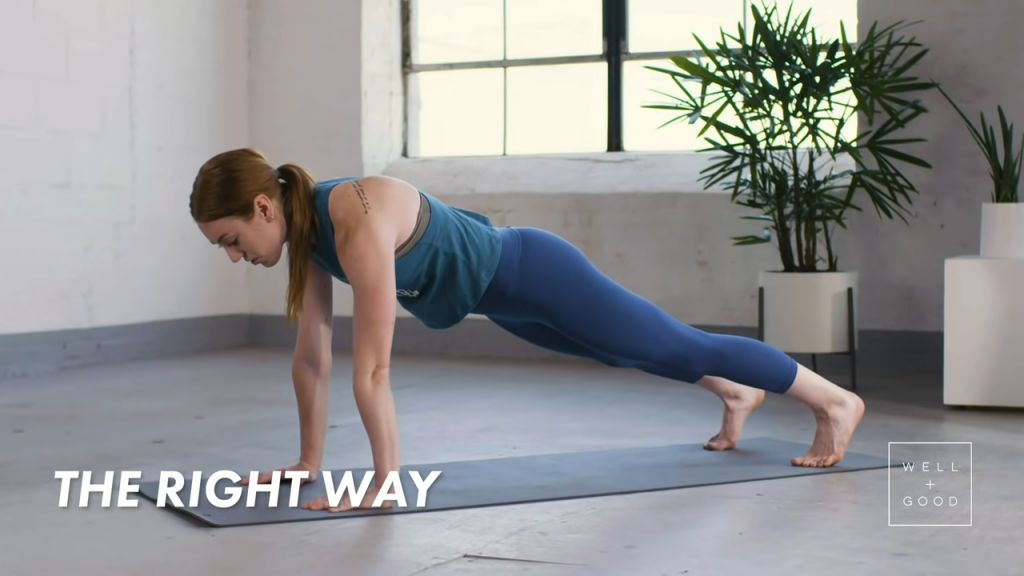
The “plank” is one of the easiest and most fundamental exercises to integrate into your running preparation regimen. Throughout the day, in the isolation of your office or your domestic space, it’s quite easy to arrange oneself in plank position, essentially standing horizontally on the ground and holding for a minute or two. The “plank” is an excellent exercise for improving one’s posture and developing core strength that is pivotal for long-distance runners to cultivate. Complete 5 plank repetitions a day, each consisting of a one-minute hold, and you’ll notice quite quickly a difference in the effectiveness and motion of your running strides.
Squat Hold
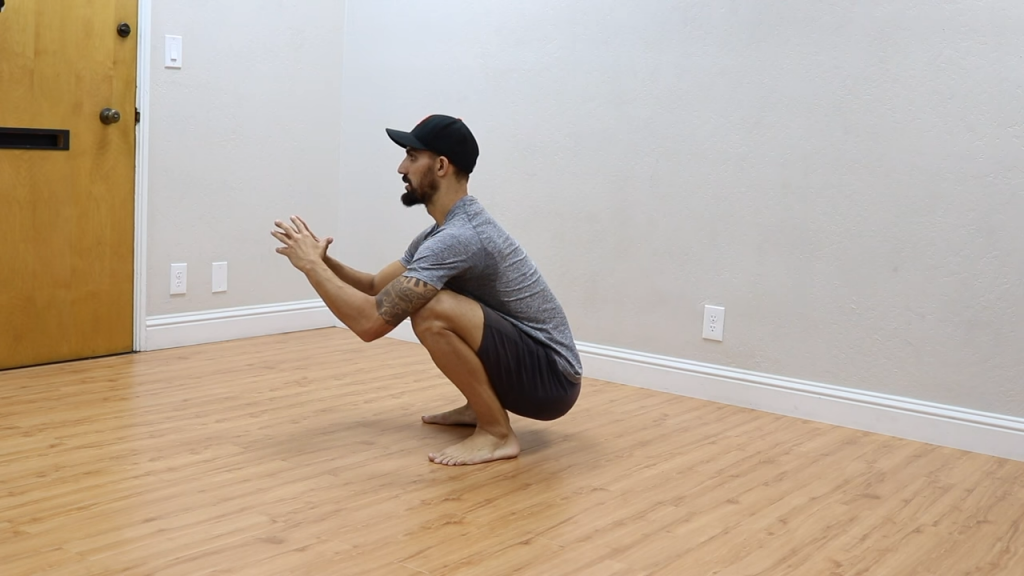
The squat hold can be deceptively difficult, yet is nevertheless extremely effective in developing critical strength and durability in both your glutes and quadriceps. Like the plank, the squat hold can be performed in myriad settings, at your own convenience. Simply stand up, bend your knees downwards, as if you were squatting on a toilet. Hold that position for 30-60 seconds. By strengthening your glutes, your quads, your hamstrings, hip flexors and calves, you’ll diminish the chances of sustaining an injury during a laborious jog. It’s certainly one of the key exercises in preparing for a challenging run.
Pushups – Key Exercises For Runners
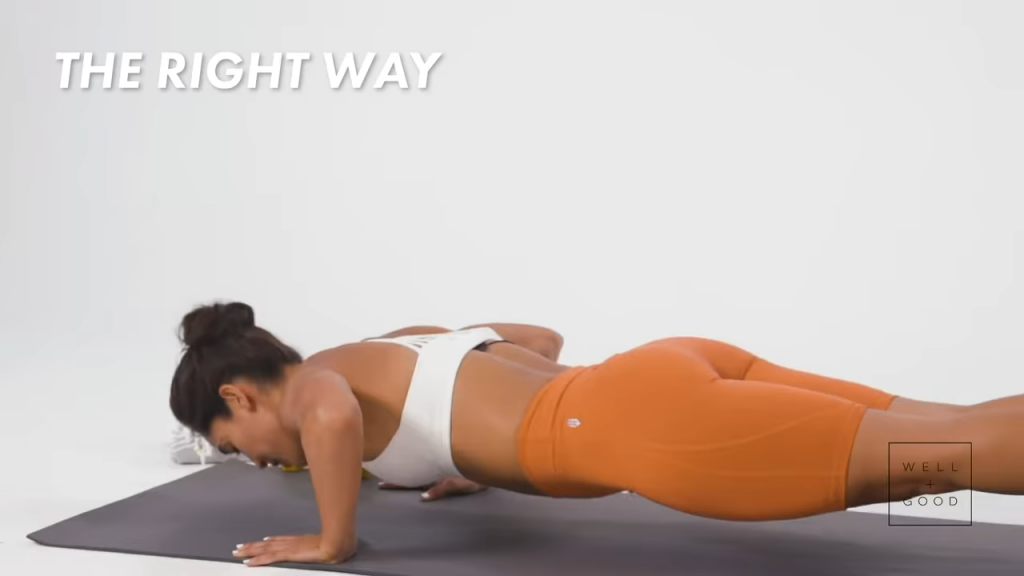
Preparing for a run isn’t rocket science, it’s merely repetition and consistency of basic key exercises. Generally speaking, no exercise equipment is required, aside from a keen willingness to participate in fundamental movements leveraging your body weight. The pushup is one of those essential movements, working your pectorals, your shoulders, and your abdominal muscles. Assume a plank position, elevate your feet, standing on your toes, and bend your elbows downward, lowering your chest to the floor. Press up, returning to start position. During your movement, pay close attention to the rigidity and straightness of your back. Refrain from slouching, as much as possible. Engage in as many pushups as possible, before desisting. Slowly build your endurance from, say, 10 pushups, to 25, to 50, etc. Like the plank, pushups are an excellent way to improve your posture and hence, your running form.
Lunges
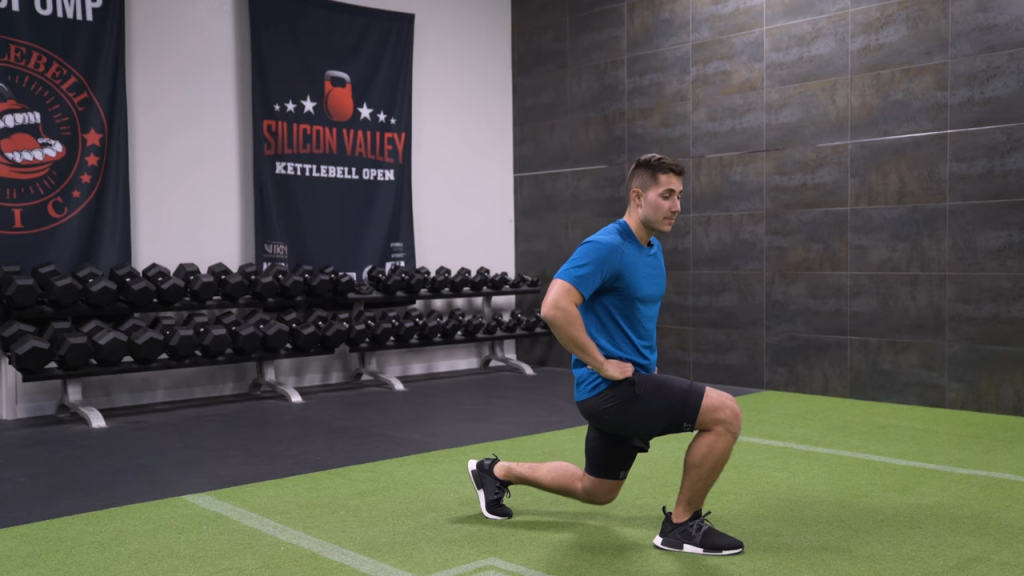
Lunges are another method of cultivating lower-body strength and durability. Furthermore, they can prove instrumental in correcting muscle imbalances, improving flexibility, and even catalyzing your metabolic rate. Yet another exercise that can be performed at any interval throughout the day, a proper lunge consists of the following steps: one must stand straight, with feet hip-width apart. Take a step forward, slowly bending both knees, until one’s back knee is hoisted only slightly above the floor. Alternate each leg, for 10 total repetitions. If motivated enough, attempt to complete at least 5 sets per day, before your daily run or jog.
For additional exercise-related articles, reference the following:
5 Ways to Exercise When You Don’t Have Time
10 Stretching Exercises to Relieve Lower Back Pain

